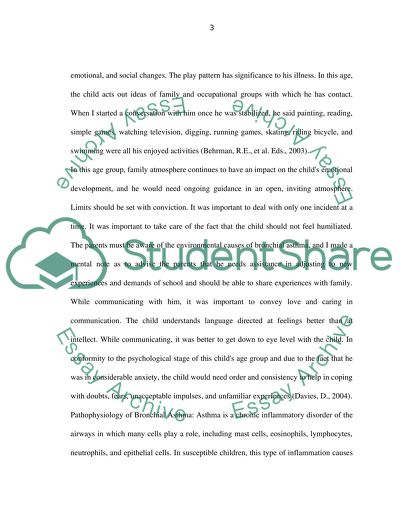Cite this document
(“Bronchial Asthma in the Age Group 6 to 11 years Essay”, n.d.)
Retrieved from https://studentshare.org/miscellaneous/1518504-bronchial-asthma-in-the-age-group-6-to-11-years
Retrieved from https://studentshare.org/miscellaneous/1518504-bronchial-asthma-in-the-age-group-6-to-11-years
(Bronchial Asthma in the Age Group 6 to 11 Years Essay)
https://studentshare.org/miscellaneous/1518504-bronchial-asthma-in-the-age-group-6-to-11-years.
https://studentshare.org/miscellaneous/1518504-bronchial-asthma-in-the-age-group-6-to-11-years.
“Bronchial Asthma in the Age Group 6 to 11 Years Essay”, n.d. https://studentshare.org/miscellaneous/1518504-bronchial-asthma-in-the-age-group-6-to-11-years.


